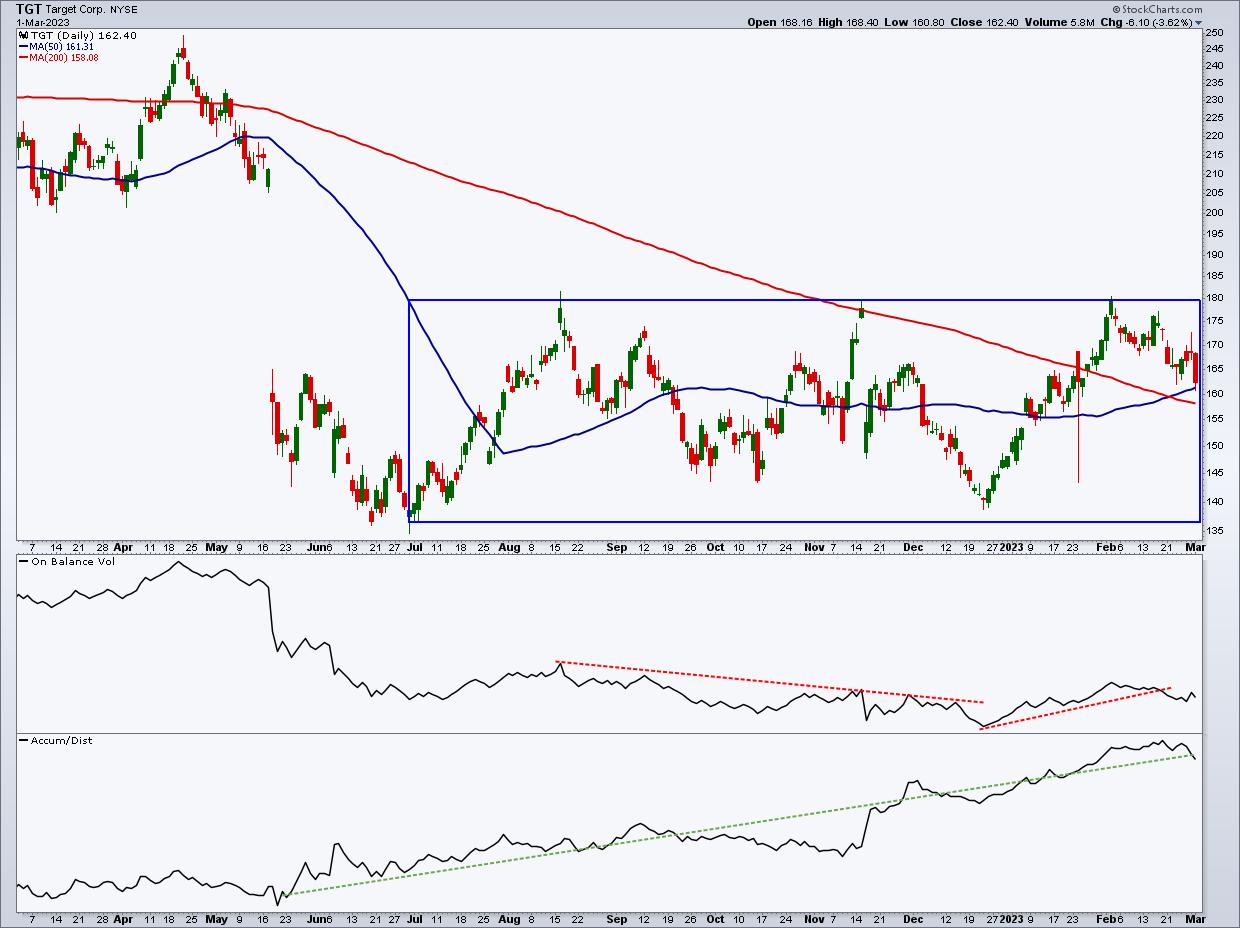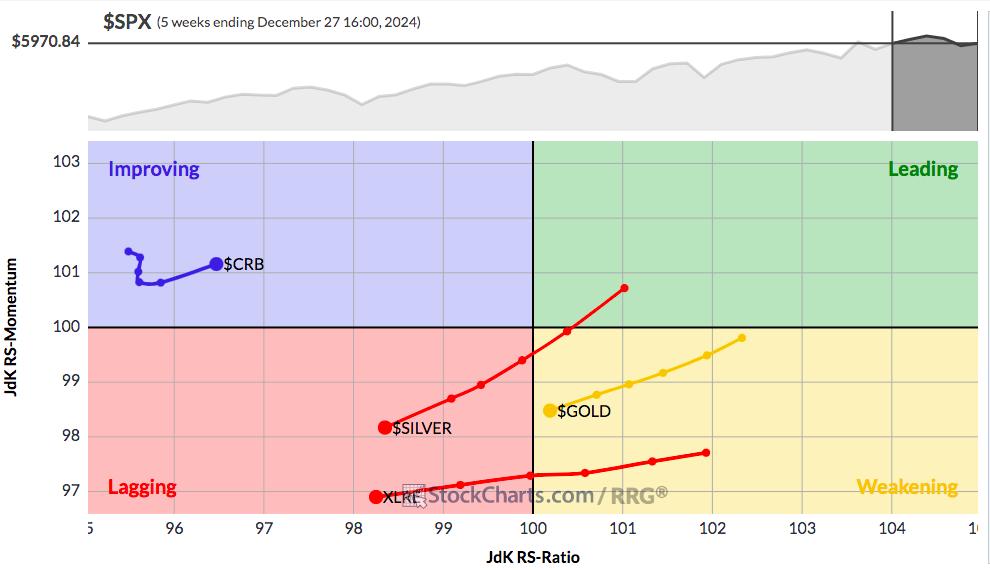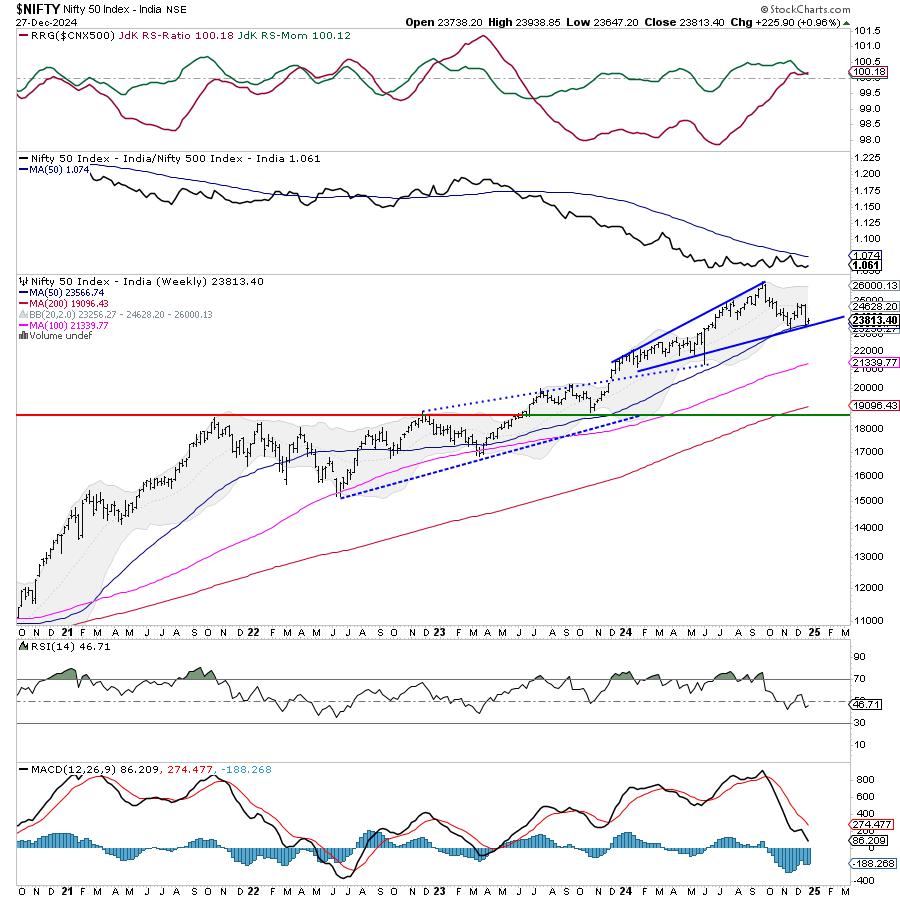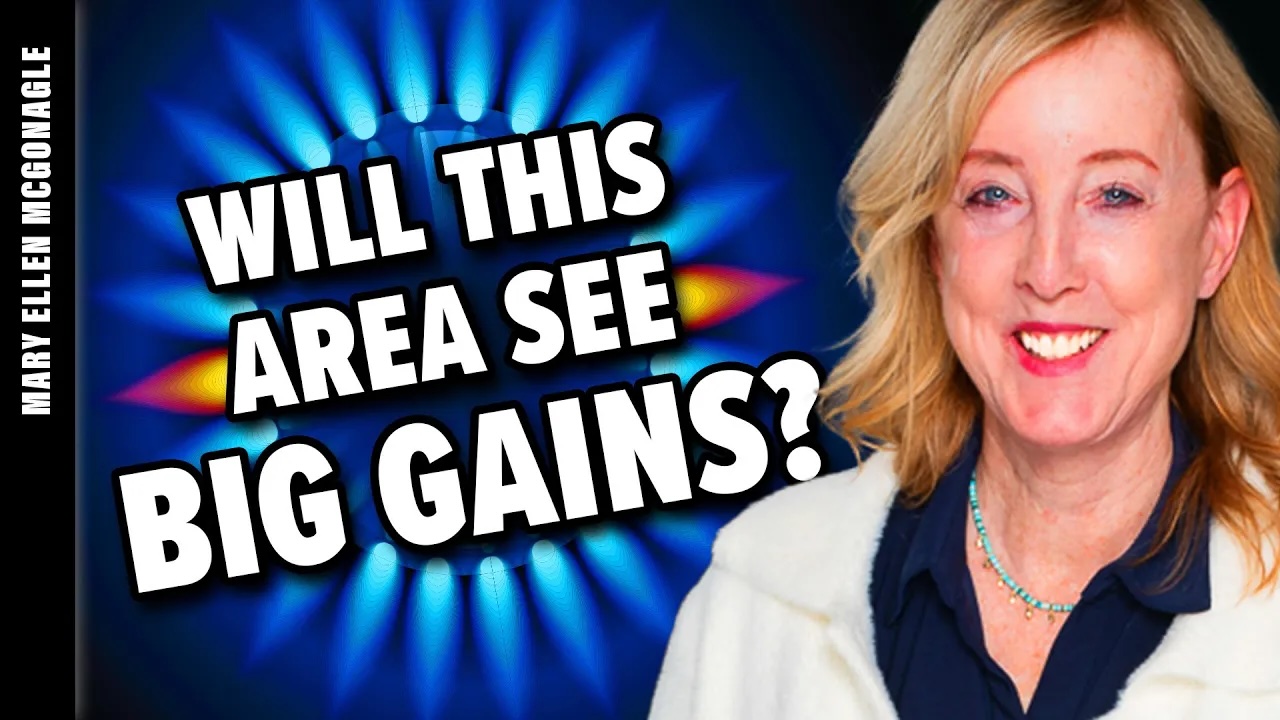Target (TGT) stock has rallied back and forth in a broad eight-month trading range. This came just after the -44% plunge between April and May last year. Since then it has been stuck in the $45 range forming an extremely long position rectangular pattern.
Why is it a big deal? A rectangle is a congestion zone, a temporary market pause. These things don’t last forever, however long they may be. Often traders and investors are waiting for new information to take a position and either continue the current trend or reverse it. Target’s latest earnings results and forecast could shift the balance.
Will it break down? Rectangles are taken into account continuation pattern, and so far the trend is down. Target’s latest quarterly earnings, released last Tuesday, beat analysts’ estimates, even though its guidance for fiscal 2023 is below Wall Street estimates. This supports the bearish continuation thesis.
But here’s the tricky part: Rectangles are notorious for defying historical consistency. Target can also break out to the upside given the right fundamental circumstances, so it’s best to look at the stats.
What the stats say. Here are a few actionable tips to keep in mind.
- In general, rectangles tend to break out to the upside 59% of the time, whether it’s a bearish or a bullish continuation pattern. But…
- A partial bounce before breaking below support predicts a downside break 75% of the time.
- And a partial pullback before going up predicts a breakout to the upside 77% of the time.
What do some metrics say? Doesn’t look great. StockCharts SCTR ranking gives a declining score of 44.3.
Looking at it comparatively in performance chartsyou will see Target underperforming its own sector (Consumer Discretionary).
And from a technical analysis perspective, indicators suggest that Target’s stock price could go either way. Note: Click on the chart below to view the live version.

CHART 1: TARGET STOCK PRICE FORECAST. The box pattern, on-balance volume, and accumulation distribution line suggest Target could break out of the box pattern to the upside or down.Chart source: StockCharts.com. For illustration only.
Notice the shift in the slope of the On Balance Volume (OBV), from a declining line amidst a volatile market to a slight increase from December. Institutional pressure to buy or fakeout?
Meanwhile the accumulation distribution line shows a steady increase in buying pressure since around June last year. So are we seeing a bearish continuation pattern, or is there a little institutional dodge that smells bullish?
So how do you trade it? Intra-pattern-wise, you could buy at the bottom of the trading range and sell at the top of the trading range (that is, if you think the back-and-forth will continue). But the range is quite wide, so it is best to place trailing stops to catch the trend. Otherwise, a traditional approach would be to calculate the height of the rectangle formation and add it up or subtract it from the bottom to get a profit target. This would only apply after Target’s stock price breaks out of the square pattern.
What are the chances of reaching the goal one way or the other? If you’re waiting for a breakout and close beyond support and resistance, says Tom Bulkowski of ThePatternSite.comHistorically, a square pattern has met its up target 79% of the time and its down target 55% of the time.
However you decide to play this, make sure to place your stops near or on the opposite side of the rectangle (support or resistance) as this would obviously void the trade.
Disclaimer: This blog is for educational purposes only and should not be construed as financial advice. The ideas and strategies should never be used without first assessing your own personal and financial situation or without consulting a financial professional.

Karl Montevirgen is a professional freelance writer specializing in finance, crypto markets, content strategy and art. Karl works with several organizations in the fields of equities, futures, physical metals and blockchain. He holds FINRA Series 3 and 34 licenses and a dual MFA in critical studies/writing and music composition from the California Institute of the Arts.
Learn more




